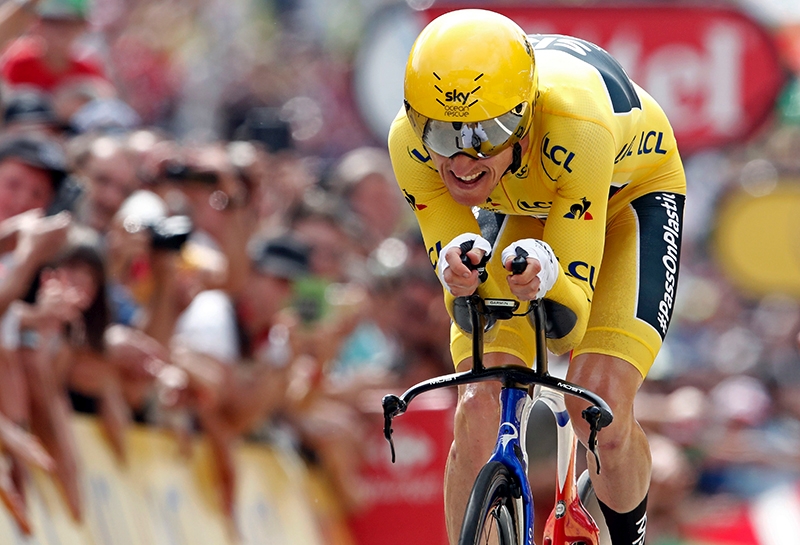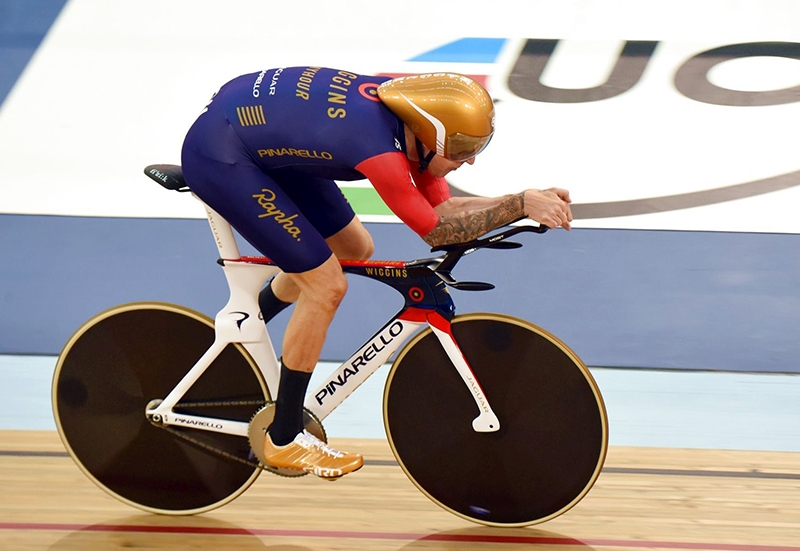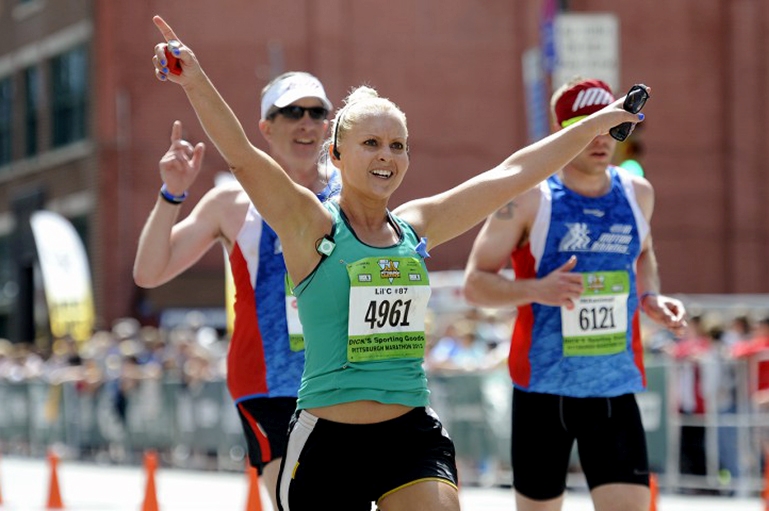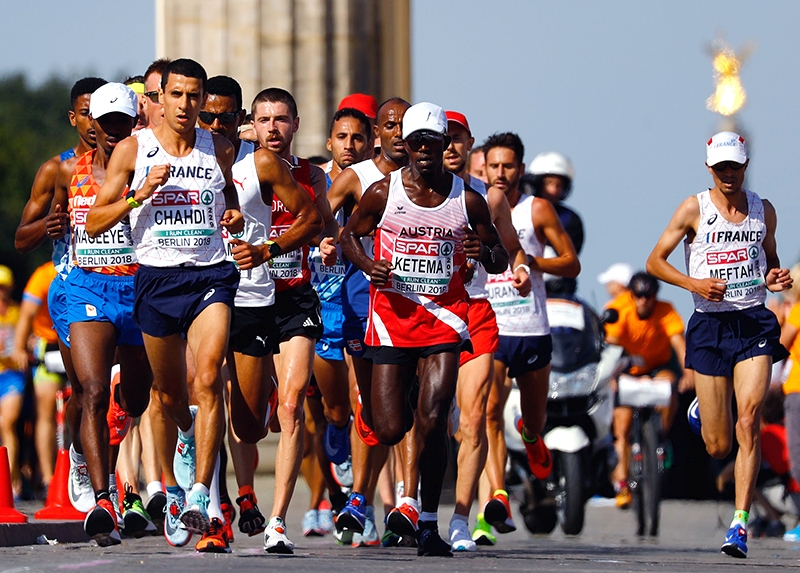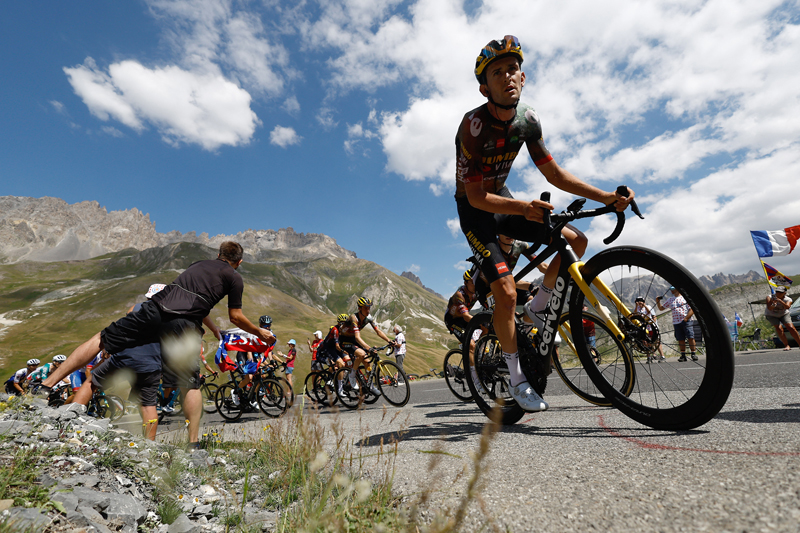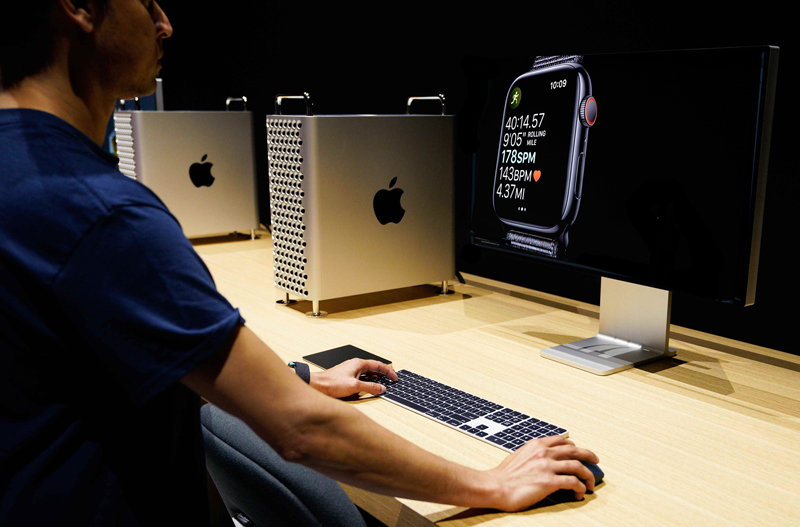You are viewing 1 of your 1 free articles. For unlimited access take a risk-free trial
Race pacing: it's time to think about efficiency

How should you pace yourself in a race or time trial situation? Tearing off like a bat out of hell might get you a good time in the early stages, but as that fatiguing lactate accumulates in your working muscles, you’ll pay the price later. However, setting a leisurely pace that enables you to feel good right to the end might leave you wondering just how much faster you could have been if you’d pushed harder, earlier on? Unfortunately, there’s no easy answer to this question because race distance, race terrain and race tactics in an event can all pay a part in determining the best pacing strategy. Additionally, some fairly recent research suggests that there’s something else to consider - gross efficiency. Gross efficiency (GE) is basically a measure of how efficiently your muscles convert chemical energy released during aerobic exercise into forward motion during swimming, running/cycling/rowing etc and this research suggests that GE also needs to be factored in when determining your best pace.
Gross efficiency
In a study on time-trial performance, the researchers looked whether gross efficiency (GE) in cyclists changed after cycling time trials of different distances(1). To do this, cyclists completed GE tests, consisting of sub-maximal exercise performed before and after time trials of different length: 500m, 1km, 2km, 4km, 15km, and 40km. What the researchers found surprised them; GE in endurance athletes was previously thought to be fairly constant, only changing in response to weeks or months of training. However, the GE of the cyclists was significantly lower immediately after the time trials compared to before. In the shorter time trials, the drop in GE was linear while in the 40km time trial, it dropped linearly at first before stabilising later on in the time trial.Why does this matter? Well, a lower GE means that muscles become less efficient at producing energy aerobically, which (for a given pace) means that the proportion of energy produced anaerobically has to increase. But more anaerobic energy means more fatiguing lactate, which means that the original pace may no longer be sustainable over longer distances. In a follow up study, the proportion of anaerobic work was calculated in eighteen trained competitive cyclists over four time trial distances: 500m, 1km, 2km, and 4km. The results showed that the rapid drop in GE over shorter distances meant that the cyclists were having to derive 30% more energy from their anaerobic energy systems than had originally been calculated from pre-exercise measurements.
Pacing strategy for athletes
What does this mean for athletes seeking the best pacing strategy? Well a steady drop in GE as distance covered increases means that a sustainable pace over shorter distances will be even less sustainable over longer distances than you might otherwise assume. This is because lactate will accumulate even more rapidly in the later stages of the distance as GE declines – ie the accumulation of lactate in your muscles won’t be linear. However, once you’ve been exercising for around 20-30 minutes or so, your GE begins to stabilise, which means that if you can sustain a given pace 30 minutes or so into your race, there’s a good chance you will be able to maintain the same pace for longer distances. For shorter race distances however (under 20 minutes duration), the decline in GE is significant, which means you might get better results by slightly reducing your initial pace.Don’t forget that your heart rate is an excellent indicator of how anaerobic your pace is (when you start to accumulate significant levels of lactate, you’ll notice a sudden increase in heart rate). For this reason, heart rate monitors can provide better pacing feedback than speed or power meters. Also, Regardless of race/time trial distance, athletes who are competing in undulating terrain (ie runners and cyclists) should allow effort to increase by up to 10% on the uphill sections and drop a similar amount on the downhills as research demonstrates this strategy is likely to produce a faster time(2). The same applies (to a lesser degree) in headwinds and tailwinds respectively(3).
References
- Int J Sports Physiol Perform. 2015 Jan;10(1):64-70.
- Int J Sports Med. 2011 Feb;32(2):132-6
- Ergonomics. 2000 Oct;43(10):1449-60
Newsletter Sign Up
Testimonials
Dr. Alexandra Fandetti-Robin, Back & Body Chiropractic
Elspeth Cowell MSCh DpodM SRCh HCPC reg
William Hunter, Nuffield Health
Newsletter Sign Up
Coaches Testimonials
Dr. Alexandra Fandetti-Robin, Back & Body Chiropractic
Elspeth Cowell MSCh DpodM SRCh HCPC reg
William Hunter, Nuffield Health
Keep up with latest sports science research and apply it to maximize performance
Today you have the chance to join a group of athletes, and sports coaches/trainers who all have something special in common...
They use the latest research to improve performance for themselves and their clients - both athletes and sports teams - with help from global specialists in the fields of sports science, sports medicine and sports psychology.
They do this by reading Sports Performance Bulletin, an easy-to-digest but serious-minded journal dedicated to high performance sports. SPB offers a wealth of information and insight into the latest research, in an easily-accessible and understood format, along with a wealth of practical recommendations.
*includes 3 coaching manuals
Get Inspired
All the latest techniques and approaches
Sports Performance Bulletin helps dedicated endurance athletes improve their performance. Sense-checking the latest sports science research, and sourcing evidence and case studies to support findings, Sports Performance Bulletin turns proven insights into easily digestible practical advice. Supporting athletes, coaches and professionals who wish to ensure their guidance and programmes are kept right up to date and based on credible science.
